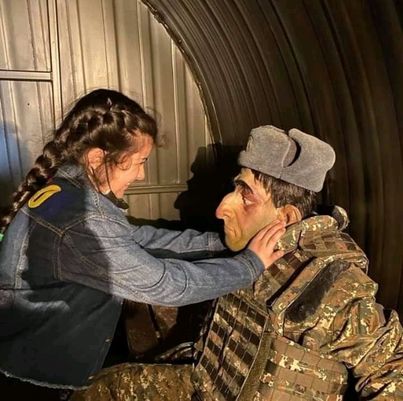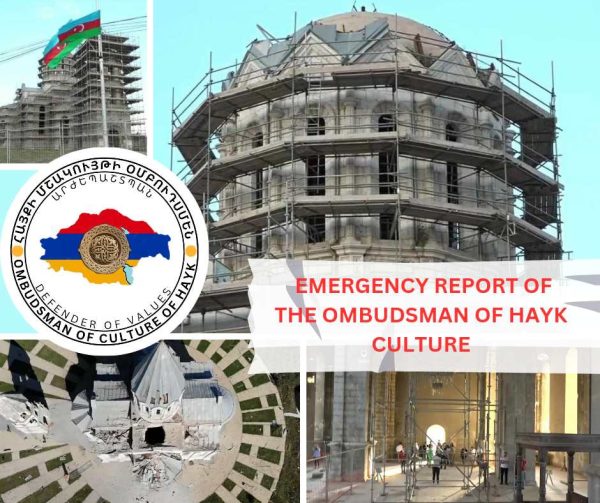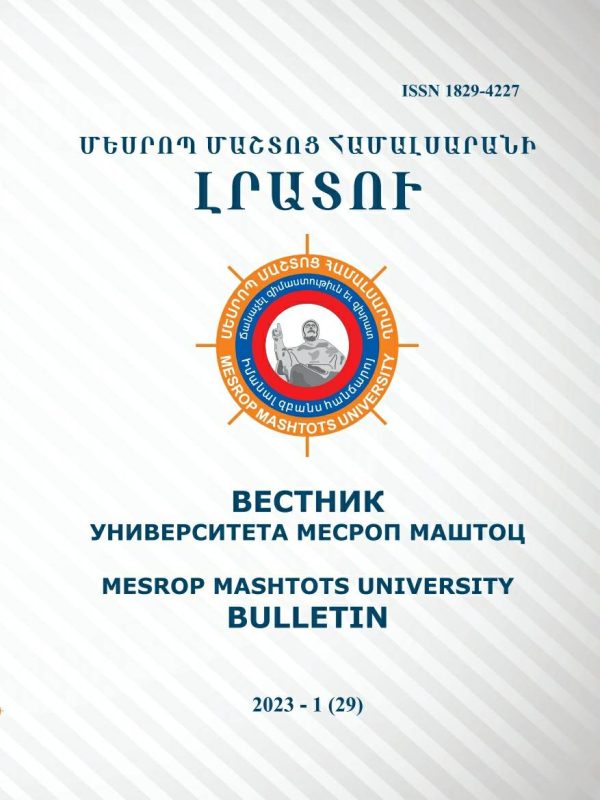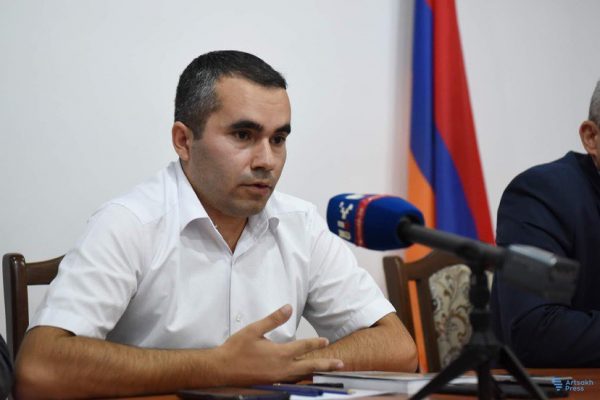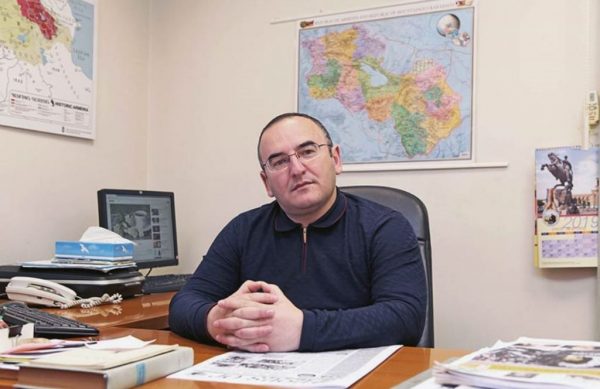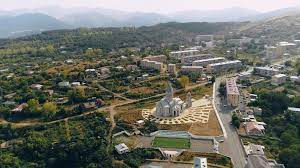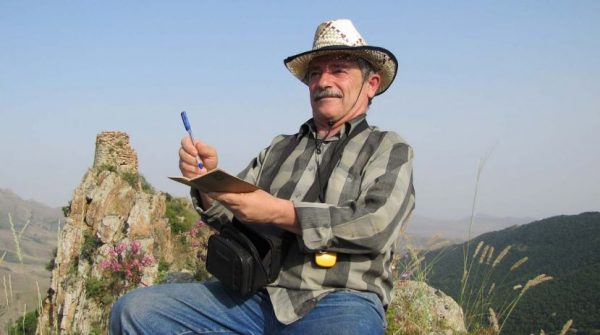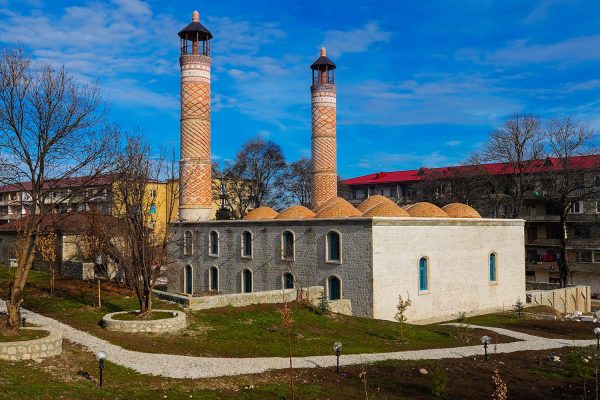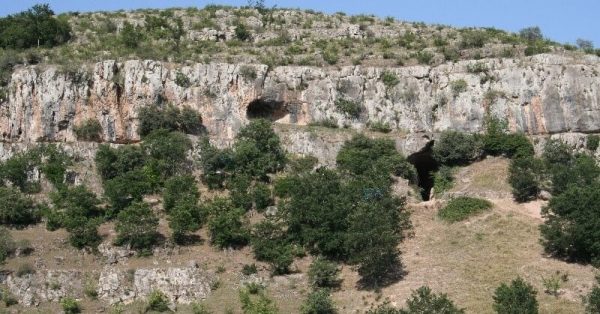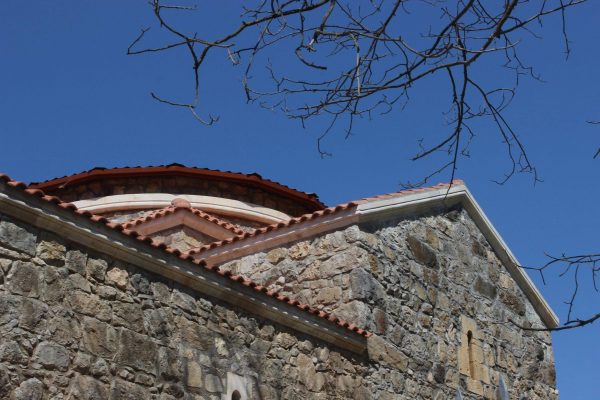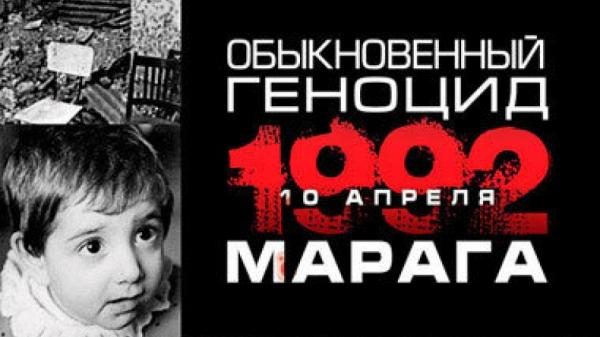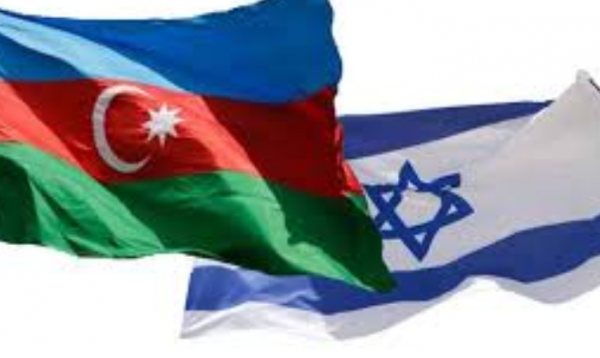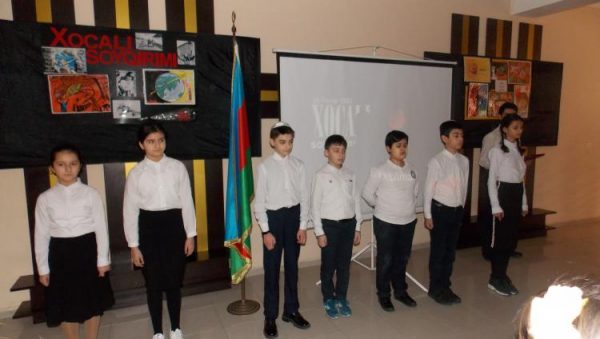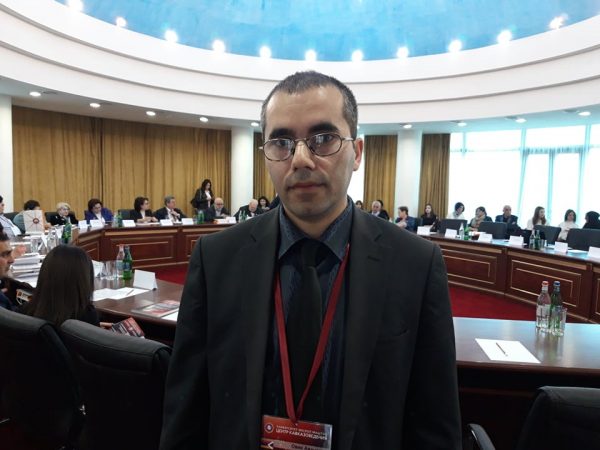THE AZERBAIJANI POLICY OF MURDER
Azerbaijan is a genocidal and terrorist state where anti-Armenian fascism and murder are propagated at the state level. Even during the Soviet period, the murder propaganda was spread not only in Azerbaijan, but in various places in Armenia, including among Azerbaijanis living in Artsakh. For years I have documented and published dozens of facts about the anti-Armenian fascism of the artificial state of Azerbaijan, including what my parents told me about the genocide in Sumgait. In November 2020, I met Elanora Tsatryan in Yerevan as part of the regular fact-finding work, whօ presented a series of episodes about the murderous […]
